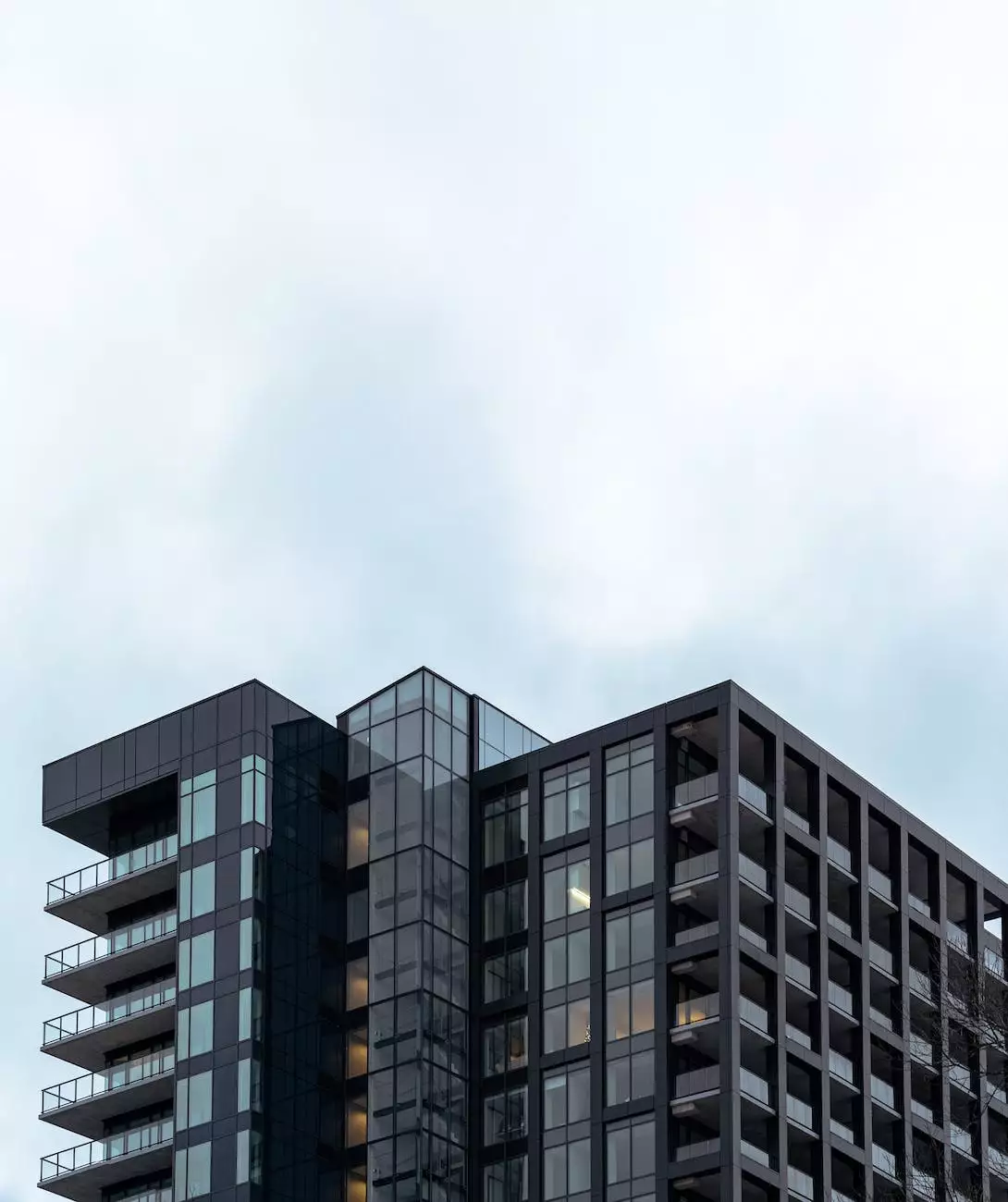Image Resolution and its Impact on SEO

As a business operating in the digital age, your online presence plays a critical role in attracting and retaining customers. When it comes to designing and optimizing your website, understanding the importance of image resolution is crucial for ensuring optimal search engine rankings. In this article, we will delve into the significance of image resolution and provide you with valuable insights on how to optimize your website's images effectively.
The Basics of Image Resolution
Image resolution refers to the amount of detail that an image holds, typically measured in pixels per inch (PPI) or dots per inch (DPI). Higher resolution images contain more pixels, resulting in clearer and sharper visuals. On the other hand, lower resolution images appear pixelated or blurry.
When it comes to optimizing your website for search engines, having high-quality, visually appealing images is essential. Search engines like Google prioritize websites with high-quality images, as they provide a better user experience.
The Importance of High-Quality Images
High-quality images not only enhance the overall aesthetic appeal of your website but also contribute to its overall SEO performance. Here are some reasons why image quality matters:
1. Enhanced User Experience
When users visit your website, they expect visually engaging content that is easy to comprehend. High-resolution images offer a superior user experience by providing crisp visuals, which help convey your brand's message effectively. By using high-quality images, you can capture users' attention, encourage longer dwell times, and reduce bounce rates, thereby signaling to search engines that your website offers value to visitors.
2. Increased Engagement and Social Sharing
Compelling images have a powerful impact on social media sharing. People are more likely to share visually appealing content, which can lead to higher brand exposure and increased website traffic. By optimizing your images for social sharing, you can leverage the virality factor and gain valuable backlinks to your website, further boosting your search engine rankings.
3. Improved Page Load Speed
Page load speed is a critical factor that affects both user experience and SEO rankings. High-resolution images can significantly slow down your website's load time, resulting in higher bounce rates and lower search engine rankings. By optimizing your images and reducing their file size without compromising quality, you can improve your website's performance and enhance its chances of ranking higher in search results.
Optimizing Image Resolution for SEO
Now that you understand the importance of image resolution, let's explore some best practices for optimizing your website's images:
1. Use High-Quality Images
Invest in high-quality images that accurately represent your brand and resonate with your target audience. High-resolution visuals demonstrate professionalism and attention to detail, helping to establish your brand's credibility. Additionally, ensure that the images you choose are relevant to your website's content and convey the intended message effectively.
2. Compress Images
Compressing images is a crucial step to optimize your website's performance. Reduce the file size of your images without compromising visual quality by using image compression tools or plugins. This ensures that your website loads quickly, providing a positive user experience and improving SEO rankings.
3. Optimize Image Alt Text
Alt text, or alternative text, is a descriptive attribute that provides search engines with information about the image content. Use keyword-rich alt text to describe your images accurately. This not only helps search engines understand the relevance of your images but also assists visually impaired users who rely on screen readers to navigate websites.
4. Leverage Responsive Design
In today's mobile-centric world, it's crucial to ensure that your website is optimized for various devices and screen sizes. Implement responsive design principles to automatically adjust the display of your images based on the user's device. This ensures that your images look great, regardless of whether they are viewed on a desktop, laptop, tablet, or smartphone, enhancing the user experience and improving SEO performance.
5. Utilize Image Sitemaps
Incorporate image sitemaps into your website's SEO strategy. Image sitemaps provide search engines with additional information about the images on your website, such as the image's subject matter, location, and licensing details. By submitting an image sitemap to search engines, you increase the likelihood of your images appearing in search results, driving more organic traffic to your website.
Conclusion
Optimizing image resolution is a crucial aspect of effective website design and SEO. By understanding the impact of image quality on user experience, engagement, page load speed, and search engine rankings, you can make informed decisions that benefit your online presence. Ensure that your website's images are visually captivating, optimized for performance, and relevant to your content. By following best practices and continually monitoring and improving your image optimization strategy, you can establish a robust online presence that outperforms competitors and drives more targeted traffic to your website.










